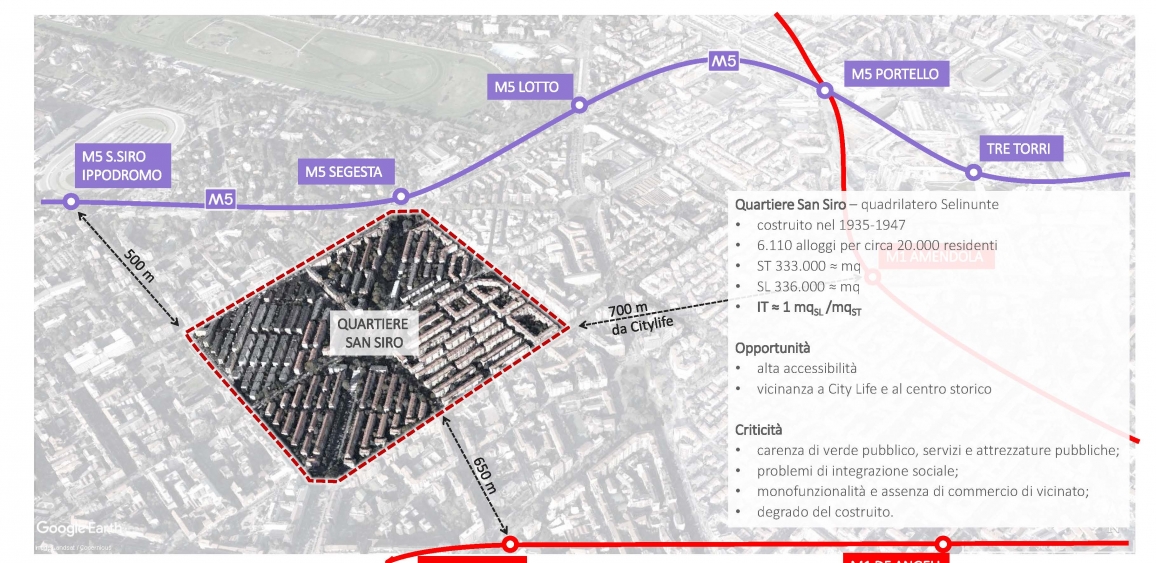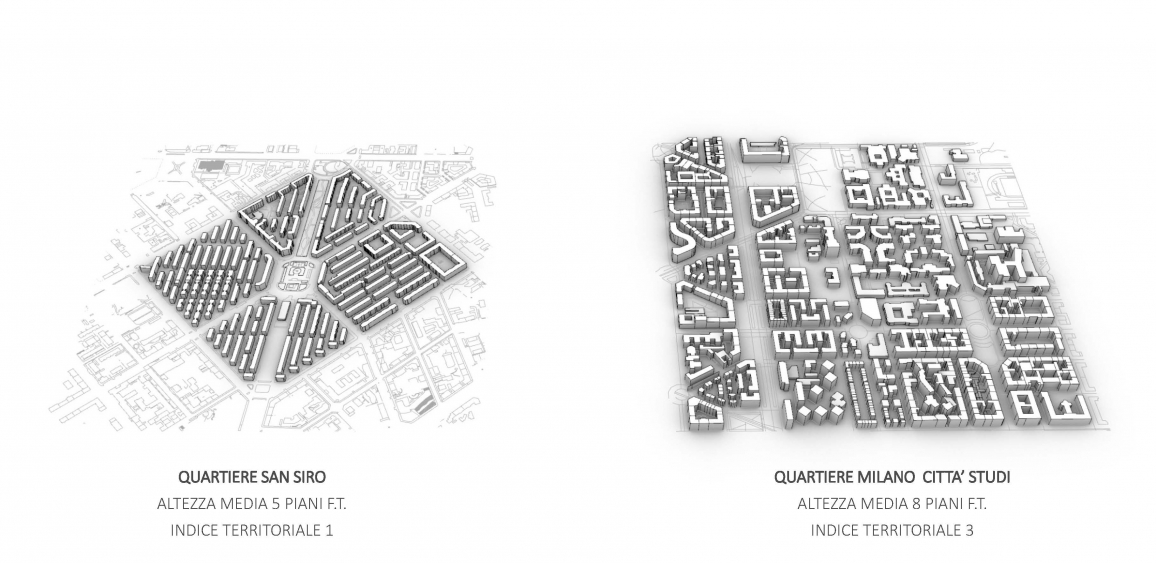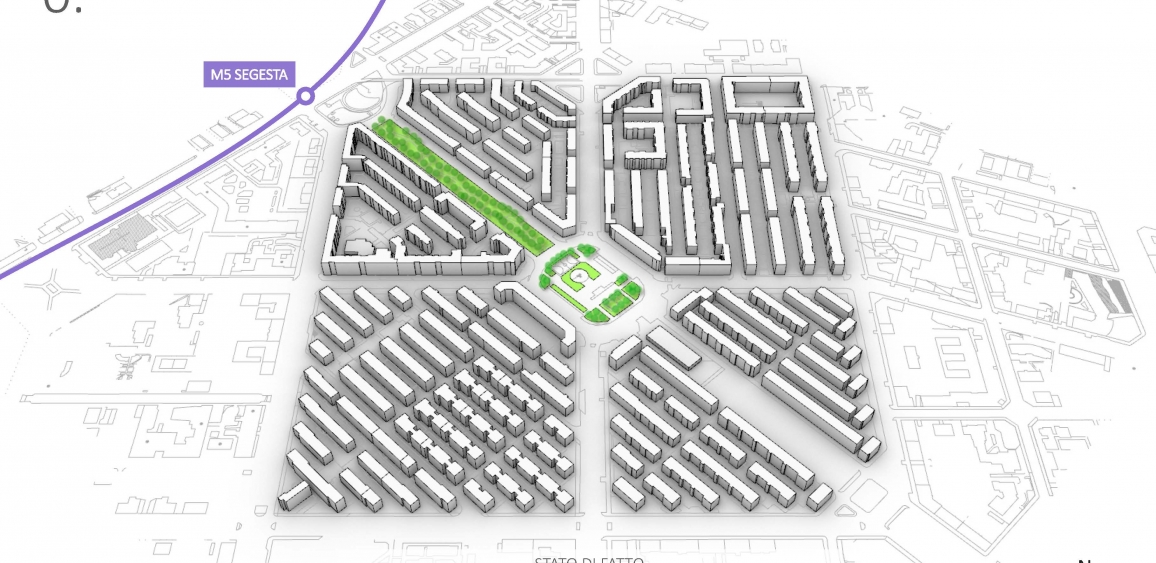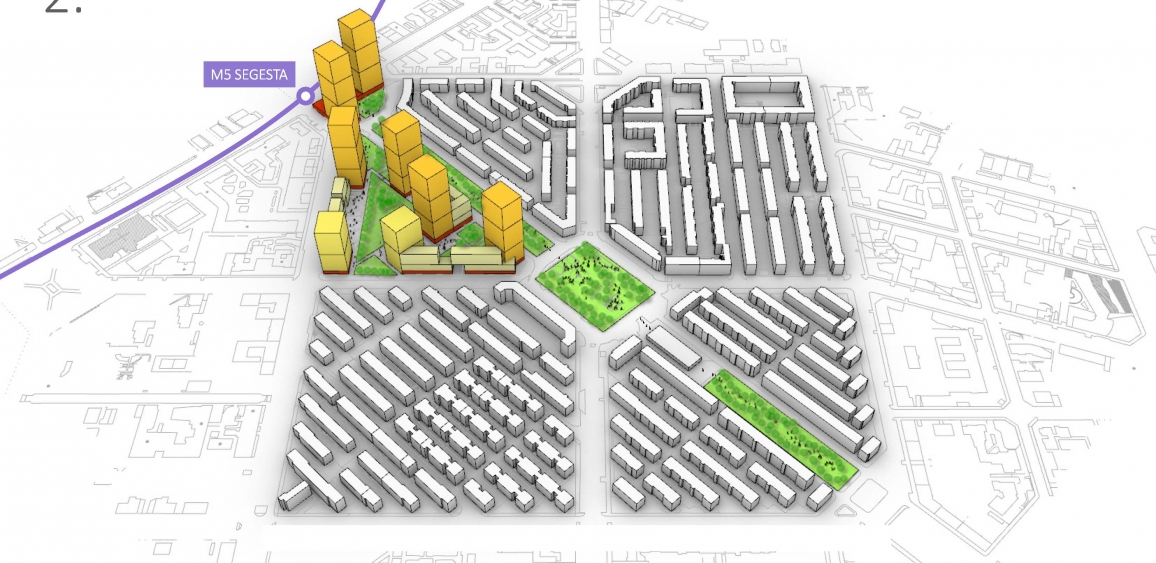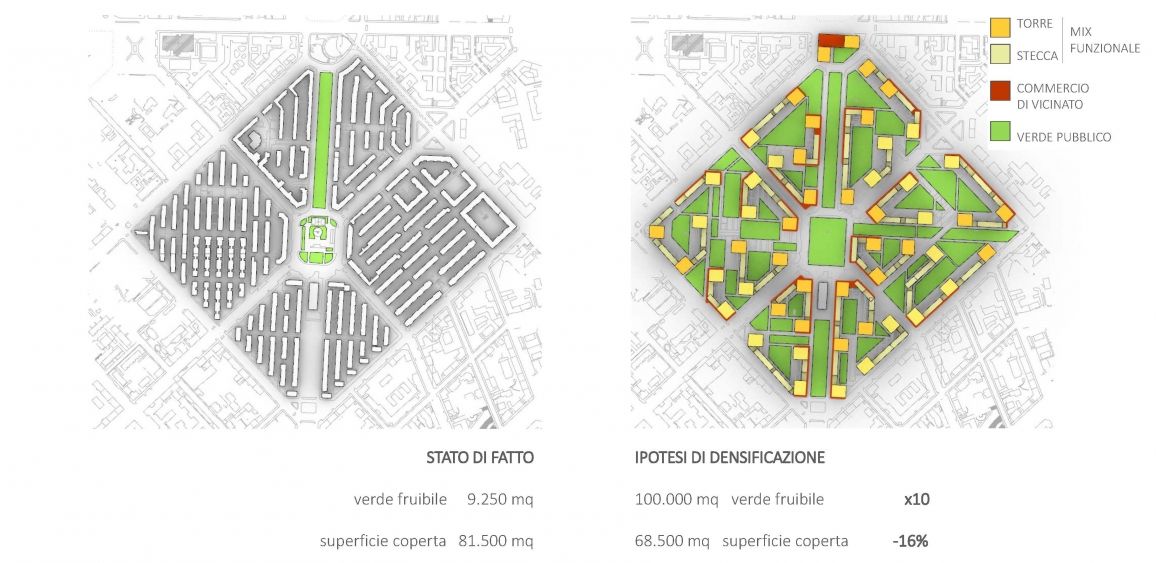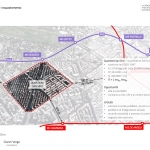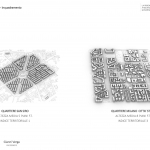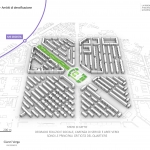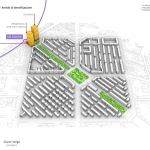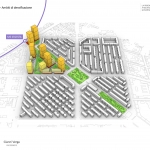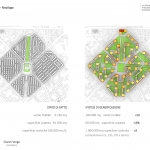The themes of urban requalification and regeneration have long been at the centre of public debate throughout Europe and even in Milan, on the wave of a dynamism that is profoundly transforming the face of the city.
The “General Report: Milan 2030 – Vision, Construction, Strategies, Spaces” of the new PGT of Milan indicates “selective densification” as a tool to “enhance its [Milan’s] identities starting from environmental, economic and social specificities”. It states that “The Milan of the future wants to regenerate itself in order to grow in a conscious way, in the sign of urban and territorial quality built around cohesive communities, widespread and efficient personal services, public spaces that are recognised, safe and usable, mobility services that guarantee accessibility to all districts”.
From this point of view, densifying acquires the meaning of an improvement strategy that, through careful redevelopment, wants to give life to a new urban and social vision. Densifying means first of all saving on land consumption; obtaining new spaces for common green areas; creating services and infrastructures in the neighbourhood and improving the functional mix. Densifying means improving people’s living conditions, in a sustainable and careful way.
The result to be achieved, for Milan and beyond, is the creation of a “polycentric city” model, made up of self-sufficient and well-connected districts.
At the heart of the proposal, which aims to define a real modus operandi for urban regeneration, there are 7 social housing areas / districts, in the Municipality of Milan, identified on the basis of similar characteristics and needs for intervention:
- Vialba and Quarto Oggiaro
- Comasina
- San Siro
- Giambellino, Lorenteggio, Inganni
- Saint Ambrose
- Stadera
- Corvetto
These neighbourhoods today require substantial structural redevelopment and present social difficulties due to the lack of services, green spaces and centres of aggregation, in a context of high marginality. At the same time, however, these areas are already affected by numerous infrastructural links with the rest of the city, and for this reason they have a strong potential for development.
How would such a radical regeneration plan work in practice?
Verga and Roj outline a step-by-step process based on the partnership between the municipal administration and private operators: the former develops the strategic plan
and selects, through a public evidence procedure, private operators; these, to
in turn, develop the areas identified; finally, the private sector compensates the public entity following the sale of the areas, through the development of new buildings for the public and the redevelopment of the public space adjacent to the intervention.
As a case study a pilot hypothesis of densification of the quadrilateral around Piazzale Selinunte, in the San Siro district, a social housing complex built between 1935 and 1947, was made. Through three phases of intervention, starting from the pole of Piazzale Segesta – where the M5 stop is located – it is proposed to radically transform the appearance of the quadrilateral: no longer a series of low buildings arranged in a “row”, but more high-density nuclei arranged around common green areas. According to the hypothesis, in this way it is possible to triple the built surface area, decreasing the covered surface area by 16% and increasing the usable green areas tenfold.
An ambitious plan, which demonstrates the possibility of urban, social and environmental regeneration on the same level, leaving behind outdated settlement models.
Italiano

